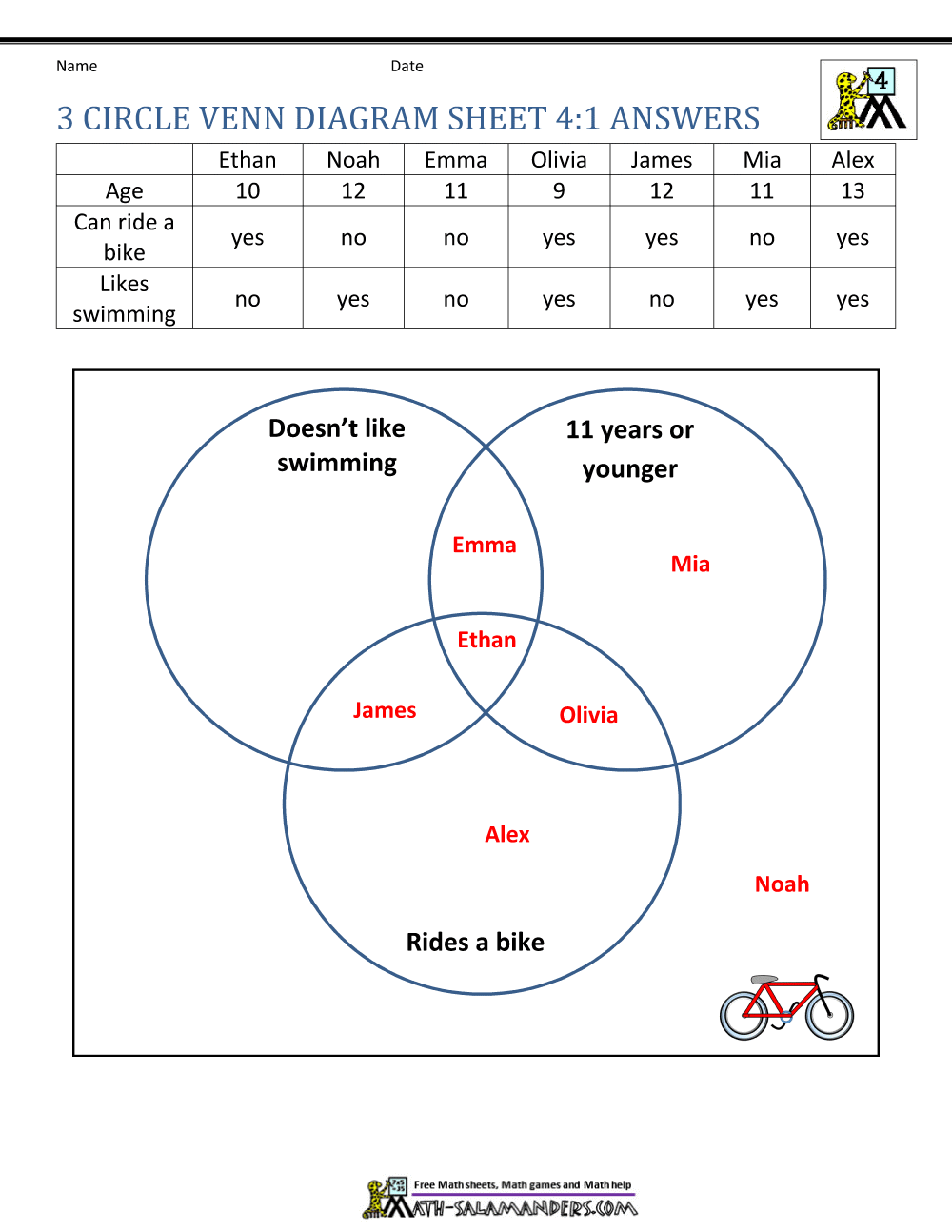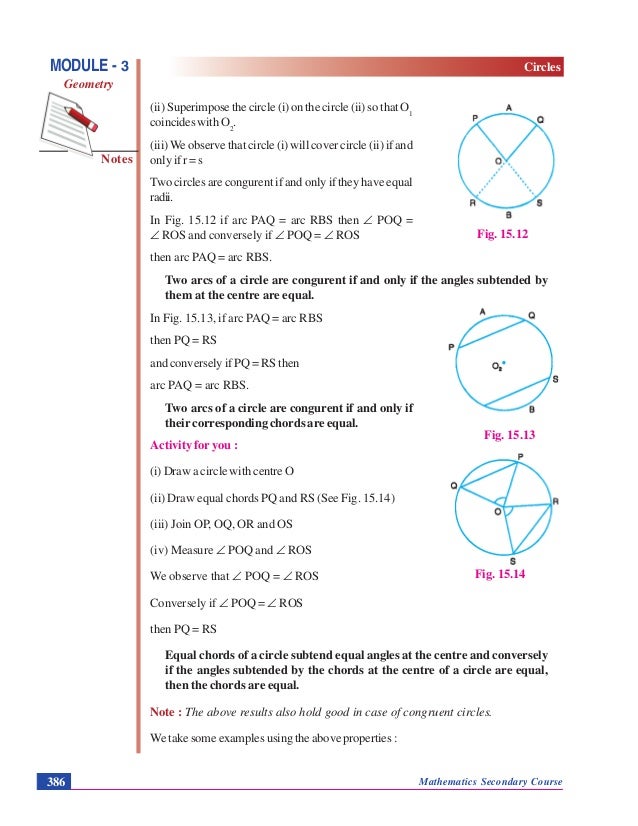
Given that angle ADB, which is 69\degree, is the angle between the side of the triangle and the tangent, then the alternate segment theorem immediately gives us that the opposite interior angle, angle AED (the one we’re looking for), is also 69\degree. As a rule, geometry circle problems with solutions that are posted below will help you find the answers to most geometry problems.

It is what makes Geometry circle problems so challenging as they take logic and visual thinking.

#CIRCLE GEOMETRY PROBLEMS AND SOLUTIONS HOW TO#
This tells us that the angle between the tangent and the side of the triangle is equal to the opposite interior angle. The most important is to learn how to connect circle geometry equations with certain rules and graphs presented. Now we can use our second circle theorem, this time the alternate segment theorem. Step 1: Draw a picture and utilize geometry concepts Given a chord, and the distance to the center: Step 2: Recognize geometry properties you'll need to solve the problem. Chapter 10 Review ( Answers) Biggest Circle Question Answers Chapter 11. Example: Find the circumference of a circle in which a 48cm chord is 7 cm from the center. Show that the surface of a convex pentagon can be decomposed into two quadrilateral surfaces. Let the size of one of these angles be x, then using the fact that angles in a triangle add to 180, we get Glencoe Geometry Chapter 10: Circles Chapter Exam Free Practice Test Instructions. Show that in a convex quadrilateral the bisector of two consecutive angles forms an angle whose measure is equal to half the sum of the measures of the other two angles. In this case those two angles are angles BAD and ADB, neither of which know. To solve this probelm, you must remember how to find the meaure of the interior angles of a regular polygon.In the case of a pentagon, the interior angles have a measure of (5-2) 180/5 108 °. This means that ABD must be an isosceles triangle, and so the two angles at the base must be equal.

Our first circle theorem here will be: tangents to a circle from the same point are equal, which in this case tells us that AB and BD are equal in length.


 0 kommentar(er)
0 kommentar(er)
